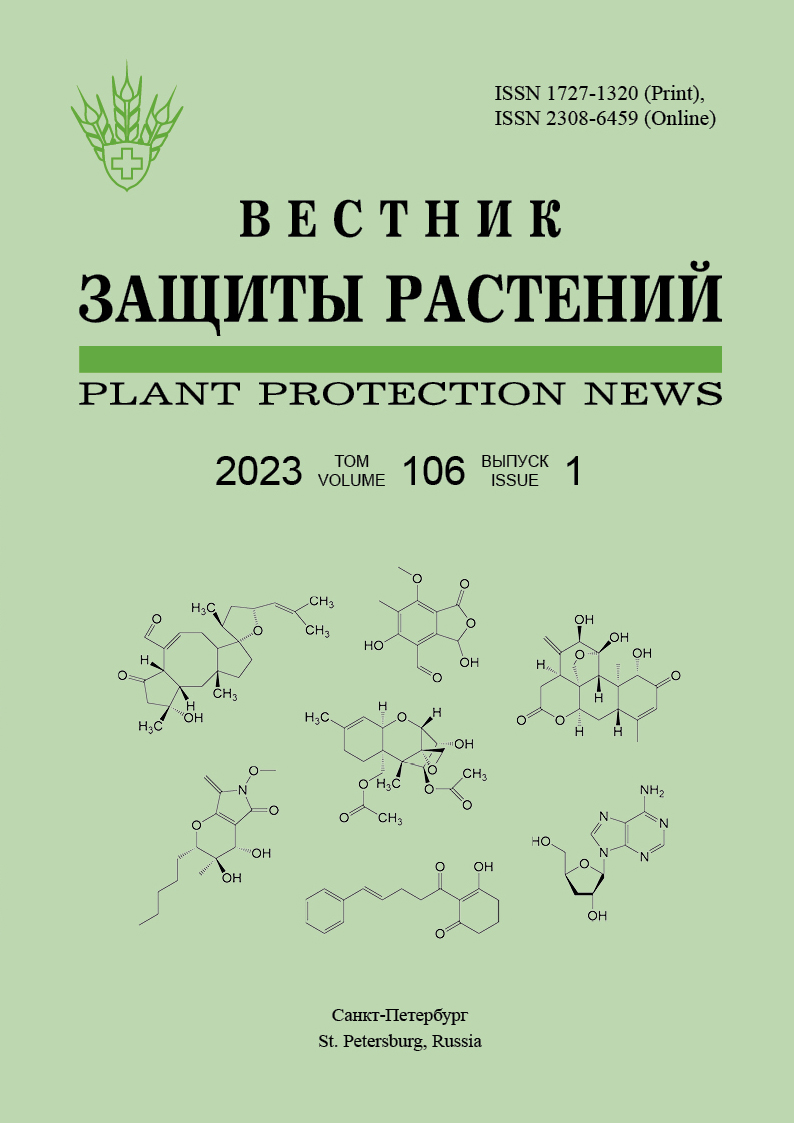Prospects for the development of new herbicides based on natural compounds
Keywords:
chemical herbicides, biorational herbicides, screening, formulations, synthesis, mechanisms of action, natural compoundsAbstract
Growing most major crops currently involves the use of chemical herbicides to control weeds. However, their regular use can lead to such undesirable consequences as contamination of soil and groundwater, accumulation of their residues in the crop, and the emergence of resistant populations of weeds. Therefore, developing of eco-friendly herbicides with new mechanisms of action is necessary. Natural phytotoxins of plant or microbial origin can serve as prototypes for active ingredients of chemical herbicides. This review considers: 1) the main modern trends in the development of chemical herbicides; 2) practical achievements in the use of natural compounds for weed control; 3) the use of phytotoxins as the basic components of synthetic herbicides. Analysis of the existing literature allowed us to identify some important approaches for the development of nature-derived herbicides: 1) the combination of virtual screening of libraries of natural compounds with high-throughput screening of selected substances in vitro and in vivo; 2) computer modelling and optimization of molecules using physico-chemical predictors and molecular docking; 3) development of new adjuvants and formulations, in particular on nanoscale, to reduce the application rates of active substances and the risks of their accumulation in the environment. The use of these approaches is likely to lead to the discovery of new promising herbicidal molecules for use in both organic and conventional agriculture.



